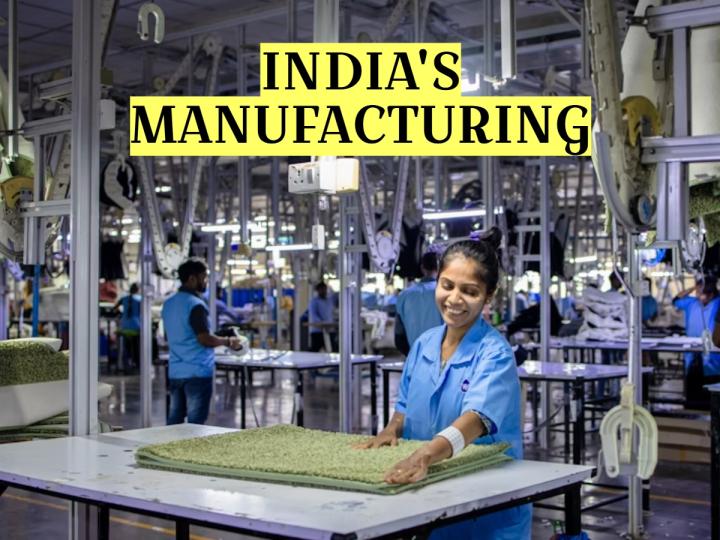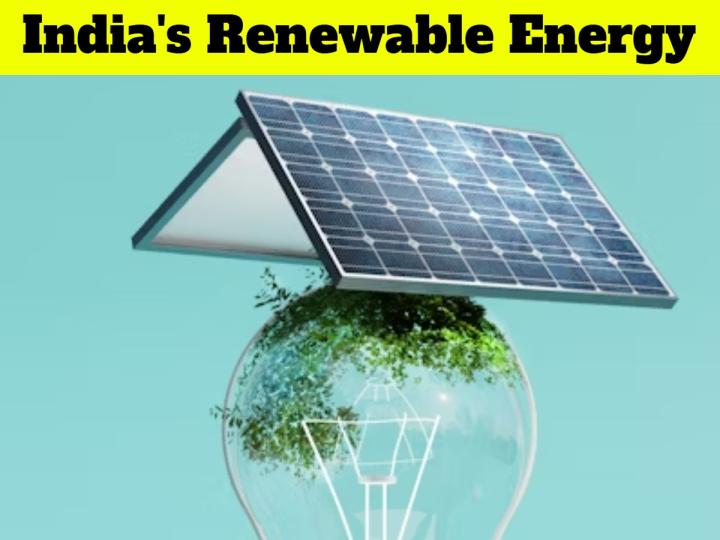
Over the past decade, India has transformed from a service-driven economy into a global manufacturing powerhouse. With multinational companies diversifying supply chains away from China, India has emerged as a preferred destination for electronics, automobiles, semiconductors, and renewable energy manufacturing.
By 2025, India’s exports are projected to cross $900 billion, fueled by initiatives like Make in India 2.0, Production-Linked Incentive (PLI) schemes, and growing foreign investments. This growth is not just about trade—it is about redefining India’s role in the global economy.
📌 Case Study: Apple’s suppliers, including Foxconn and Wistron, have scaled up iPhone production in Tamil Nadu and Karnataka, making India the second-largest iPhone manufacturing hub after China. This shows how global giants are betting on India’s infrastructure, talent, and policy support.
Make in India 2.0
The updated Make in India initiative focuses on electronics, defense, electric vehicles (EVs), semiconductors, and textiles, creating a strong industrial ecosystem. Incentives, simplified regulations, and state-level policies have attracted global manufacturers to set up production in India.
Production-Linked Incentive (PLI) Schemes
PLI schemes offer over $26 billion in incentives across 14 key sectors, enabling companies to expand production, innovate locally, and export globally. For example, EV battery and solar panel manufacturers are benefiting from tailored incentives that lower capital costs and accelerate domestic production.
Export Growth
India’s goods and services exports reached a record $770 billion in FY2024, and projections show exports nearing $900 billion in 2025. Key export sectors include electronics, textiles, pharmaceuticals, and automobiles.
Infrastructure Development
Modern infrastructure is reducing logistics costs and improving delivery timelines. Projects like freight corridors, industrial parks, smart ports, and expressways have made India more competitive globally.
Skilled Workforce
India adds over 1.5 million engineers annually, fueling advanced manufacturing sectors. Upskilling programs in areas like semiconductor design, EV components, and renewable energy technologies are ensuring India’s workforce meets global standards.
China+1 Strategy
Many companies are diversifying their supply chains from China to India to mitigate geopolitical and operational risks. India is seen as a stable, alternative manufacturing hub.
Cost Advantage
Manufacturing costs in India are 15–25% lower than in developed economies, making it attractive for both multinational corporations and startups.
Geopolitical Edge
India’s growing trade partnerships with the US, EU, and Southeast Asia strengthen its global export base, providing long-term stability for foreign investors.
Sustainability Drive
Green manufacturing is becoming a core focus. Many Indian factories now operate on renewable energy, reducing carbon footprints and attracting companies with ESG commitments.
📌 Example: Tata Power’s solar and wind energy adoption in EV manufacturing plants helps automakers reduce emissions and qualify for green export incentives in Europe.
Electronics and Smartphones
India is emerging as a global hub for smartphones, tablets, and IoT devices. Brands like Apple, Samsung, and Xiaomi are expanding local assembly, reducing dependency on China.
Automobiles and EVs
India is among the top 5 EV markets globally, with domestic manufacturers like Tata Motors, Mahindra, and Ola Electric producing electric cars and two-wheelers for domestic and export markets.
Semiconductors
With the Semicon India Programme and chip design initiatives, India is moving from a chip consumer to a chip manufacturer. The launch of indigenous microprocessors like Vikram signals a self-reliant future.
Renewable Energy and Green Manufacturing
India is a leader in solar module and battery exports, combining manufacturing growth with environmental sustainability. This sector is expected to double in exports by 2030.
Foreign Investors: India’s stable policies, low cost, and skilled workforce offer lucrative investment opportunities.
Startups: PLI schemes and incubators provide a supportive ecosystem for tech-enabled manufacturing startups.
Exporters: Rising global demand for electronics, EVs, and semiconductors creates export opportunities for Indian manufacturers.
While India is growing rapidly, challenges remain:
Supply Chain Infrastructure: Logistics bottlenecks in remote areas can delay exports.
Skill Gap: Rapid technology adoption requires continuous workforce training.
Regulatory Compliance: Consistency across states is needed to avoid administrative delays.
Q1: What is Make in India 2.0?
It is the upgraded initiative to boost domestic manufacturing in sectors like electronics, EVs, defense, semiconductors, and textiles while attracting foreign investments.
Q2: What are PLI schemes?
Production-Linked Incentive (PLI) schemes offer financial incentives to manufacturers for expanding domestic production and boosting exports.
Q3: How much are India’s exports projected in 2025?
India’s exports are projected to cross $900 billion by 2025, driven by electronics, automobiles, and renewable energy.
Q4: Which sectors are driving India’s manufacturing growth?
Key sectors include electronics, automobiles, EVs, semiconductors, textiles, and renewable energy.
Q5: Why are global companies moving production to India?
Companies are adopting the China+1 strategy to diversify supply chains, reduce costs, and leverage India’s skilled workforce and policy incentives.
India’s manufacturing and export growth in 2025 is not just a policy push—it reflects a global economic realignment. With diversified supply chains, government support, and foreign investments, India is on track to become a $1 trillion export economy by 2030.
As multinational companies continue relocating production and domestic industries scale, India is positioned to become a critical hub in global manufacturing networks, shaping the next decade of international trade.
1) Semicon India 2025: India Unveils First “Vikram” Chip as It Races to Become a Semiconductor Powerhouse
2) India’s Fintech Boom 2025: Digital Payments, Neobanks & Global Investments




